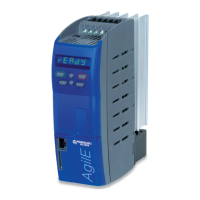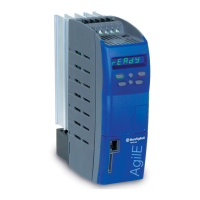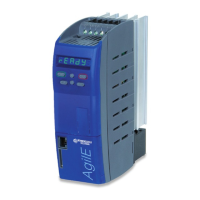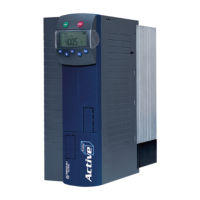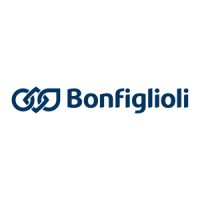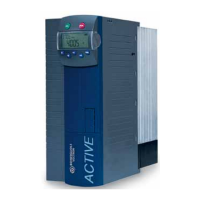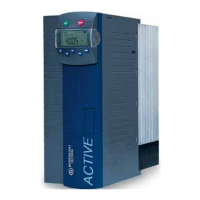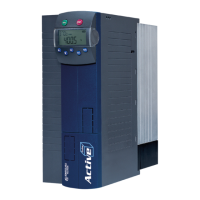Parameter descriptions
The settings of the current controllers should not be too dynamic in order to ensure a sufficient re-
serve range. The control tends to increased oscillations if the reverse range is reduced.
T
he dimensioning of the current controller parameters by calculation of the time constant is to be
done for a switching frequency of 2 kHz. For other switching frequencies, the values are adapted in-
ternally so that the setting can remain un-
c
hanged for all switching frequencies. The dynamic proper-
ties of the current controller improve if the switching and scanning frequency increases.
T
he fixed time interval for the modulation results in the following scanning frequencies of the current
controller via parameter
Switching Frequency 400.
Switching frequency Scanning frequency
2 kHz 2 kHz
4 kHz 4 kHz
8 kHz 8 kHz
16 kHz 8 kHz
746 Cross-Coupling Factor
For an asynchronous motor (
Configuration 30 = 410) and synchronous motor (Configuration 30 =
610), the coupling between the flux-forming current Isd and the torque-forming current Isq can be
undone largely by the activated cross-coupling compensation. In this way, it is possible to impress the
torque-forming current in the machine more quickly and the speed control circuit has a lower tenden-
cy toward vibration.
The cross-coupling exists between the flux-forming current Isd and the torque-forming current Isq
and is caused by the voltage drop at the stator inductivity and the stator leakage inductivity. For this
reason, the cross-coupling increases with the stator frequency. The cross-coupling becomes particular-
ly apparent in the case of high stator frequencies at relatively small switching frequencies (e.g. 300 Hz
stator frequency at 4 kHz switching frequency), as with small switching frequencies, the current con-
troller slows down.
746 Cross-Coupling Factor 0.00% 300.00%
1)
Configuration 30 = 410
2)
Configuration 30 = 610
Cross-coupling compensation can be optimized as follows:
• First, set the speed controller. To that end, define reference speed jumps at small rotary frequen-
cies. See chapter 7.9.5.3 "Speed controller".
• Set a speed of approx.
2
3
of the rated speed.
• Define reference speed jumps again. During the accelerations, currents Isq of approx. 50% of the
rated current should occur.
• Starting from 0%, increase the value of
Cross-Coupling Factor 746 in steps of 25%, for exam-
ple.
• The influence by Isq on Isd during the reference speed jumps should decrease with increasing
values of
Cross-Coupling Factor 746. For checking, signal sources Isd and Isq can be os-
cilographed using the scope function of the PC user software. A minimum influence should be
reached at 100%.
• Set the
Cross-Coupling Factor 746 to a value slightly below the determined optimum value.
Very high values for
Cross-Coupling Factor 746 (e.g. 125%) may result in an overcurrent circuit
break.
230
Operating Instructions
Agile
06/2013 Control functions
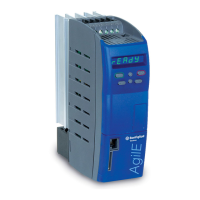
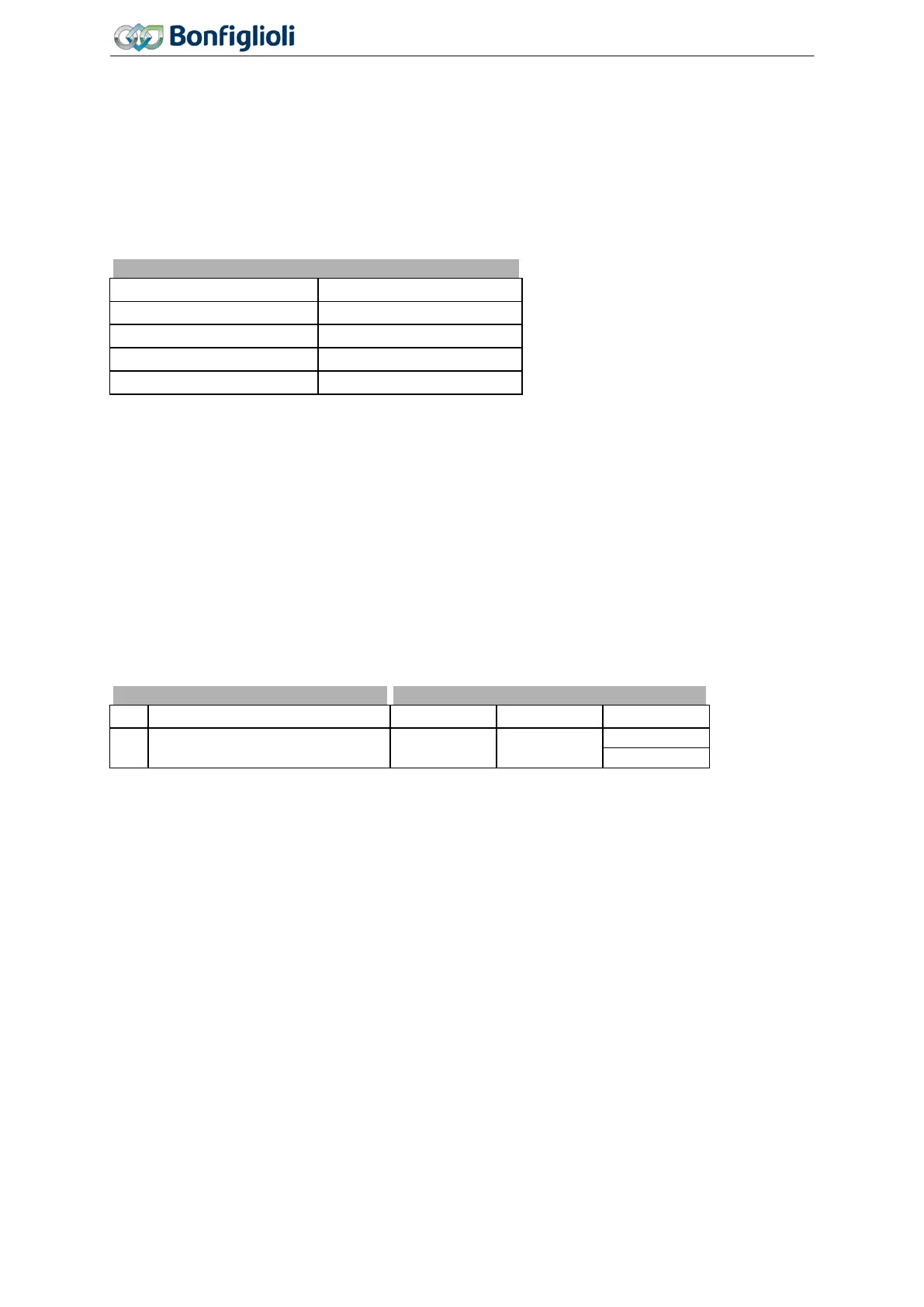